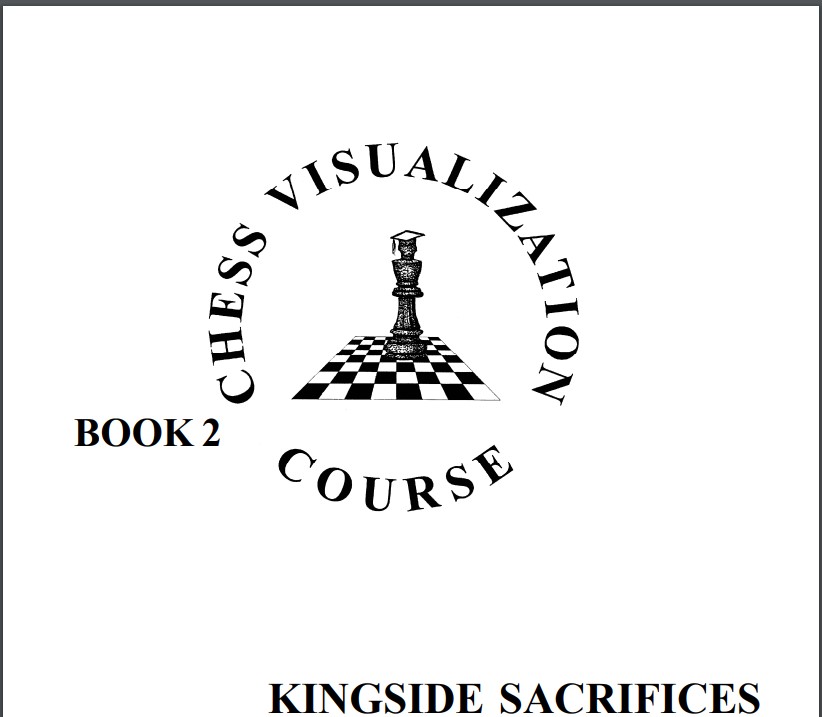

When you consider a piece's placement, imagine vectors extending outward from it along its lines of power. It will enable you to keep focused, and that will help you see more. All of this information can help you see things better in your head, especially when you organize it around a central purpose.

This is the time for you to investigate more general concerns and features, such as pawn configurations, king safety, weak and string squares, piece cooperation, converging attacks. But during his time you should be thinking, though not the way you thing on your own turn. It's easy to let your mind wander, waiting for you opponent to play a move. The logic of the earlier positions will suggest later possibilities. This will help you see middlegame variations in your head. Imagine that they are happening for the first time. Understand what is happening in the first few moves. By the time you wake up, you could be in an inferior position.Ĭoncentrate especially in the opening. If you're relying on your memory, you're not really seeing the chessboard at all.

Nuances and subtle transpositions can make similar variations seem indistinguishable. It's ironic that the opening generally deserves more attention than it often receives. Since you've studied these moves before, more or less, it's easy to play them from memory, without thought. Relying too much on book knowledge may dull the senses, especially in the opening, where you could play eight or ten moves without thinking. Be alive to what's actually happening on the board. It goes without saying that your mind should be on the game.


 0 kommentar(er)
0 kommentar(er)
